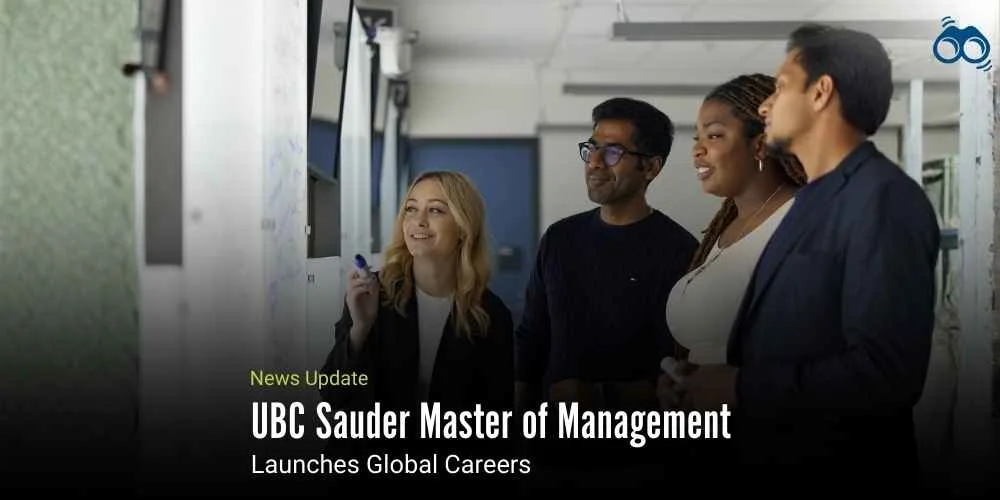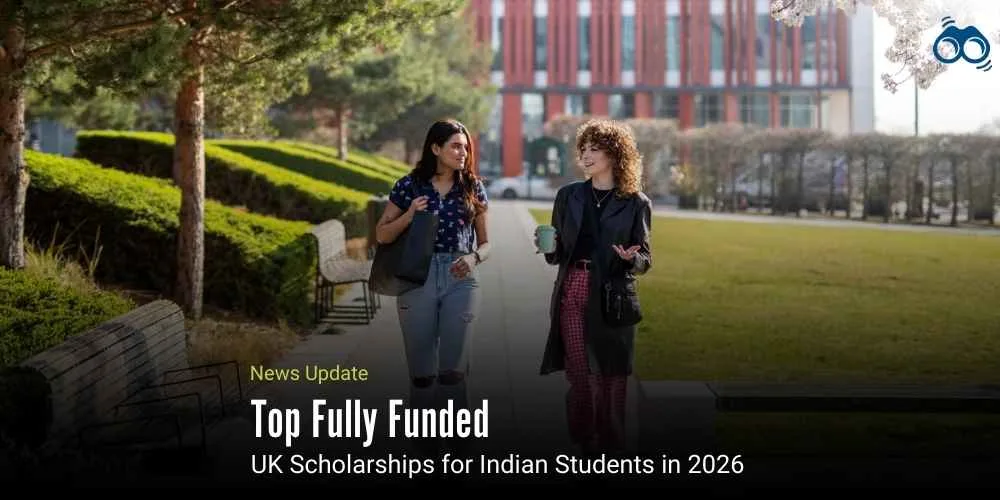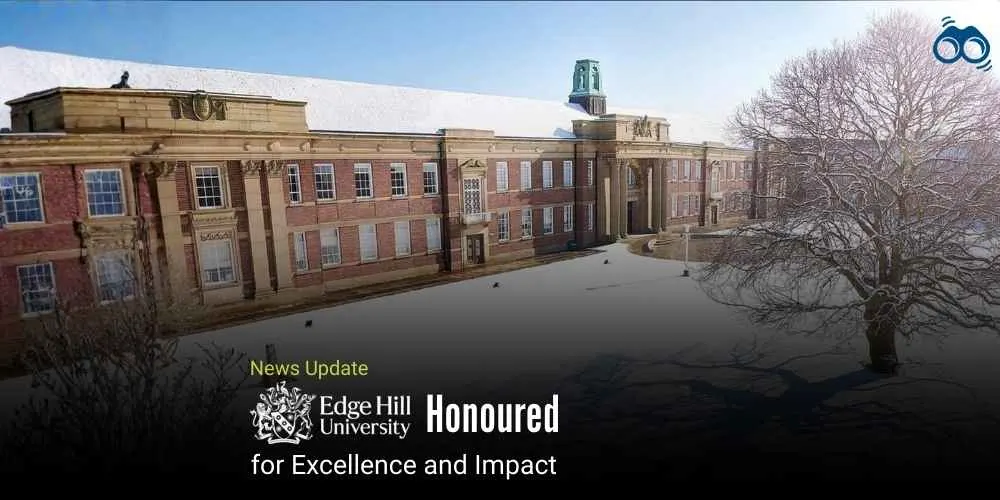Seat Expansion and Stricter Oversight Mark a Defining Moment for India’s Medical Training
Medical Education Reforms: Growth, Safeguards, and Student-Centred Policies
India’s medical education sector is on the cusp of a substantial expansion, with nearly 8,000 additional undergraduate and postgraduate seats anticipated to be approved during the current academic year. According to Dr Abhijat Sheth, Chairperson of the National Medical Commission (NMC), inspections of medical colleges in India are already in progress, following a temporary suspension of approvals prompted by a corruption investigation involving officials from the Union Health Ministry, NMC inspectors, intermediaries, and representatives of private medical colleges.
Meanwhile, the first round of NEET UG counselling has concluded, with the second round scheduled to commence by 25 August. This process remains critical for students seeking admission to MBBS colleges in India, which collectively offer 1,18,098 undergraduate seats, comprising 59,782 in government institutions and 58,316 in private colleges. In addition, postgraduate seats currently stand at 53,960, with 30,029 in government and 23,931 in private setups. Despite earlier apprehensions regarding a possible reduction in medical courses in India, Dr Sheth expressed confidence that the overall seat count would increase once inspections are finalised, including new PG seats expected to be added ahead of the September counselling round. The temporary halt in approvals followed a Central Bureau of Investigation (CBI) inquiry that named 34 individuals, including eight officials from the Health Ministry, a representative from the National Health Authority, and five doctors from the NMC inspection team. The investigation raised serious concerns about unlawful manipulation of the regulatory framework, prompting the NMC to suspend both seat expansion and new course approvals pending further review.
Following his appointment, alongside that of the new president of the Medical Assessment and Rating Board (MARB), Dr Sheth confirmed that the Commission had prioritised inspections of undergraduate seats. Based on the volume of applications received, the projected increase in NEET UG and PG seats in India is expected to reach approximately 8,000. This expansion forms part of a broader national effort to improve health and medical education access and align training with evolving healthcare demands. Turning to the proposed National Exit Test (NExT) for final-year MBBS students, mandated under the NMC Act, Dr Sheth described it as a forward-looking initiative requiring broad stakeholder consensus before implementation. He acknowledged the concerns raised by students and emphasised that unresolved issues, such as transitioning from state-level university examinations to a centralised model and determining the appropriate level of difficulty, must be addressed. The NExT, he clarified, is intended to be a fair and transparent assessment, not an unduly burdensome hurdle. Building awareness and fostering confidence among students and faculty will be essential to ensuring the exam is perceived as an opportunity rather than a threat.
Dr Sheth also reflected on the notable rise in the number of medical colleges in India since 2014, noting that expansion must be accompanied by a firm commitment to quality. While increasing the number of institutions is vital for long-term sustainability and equitable healthcare delivery, he cautioned against compromising standards. Accordingly, the NMC is reinforcing accreditation procedures to ensure compliance with minimum requirements in faculty strength, infrastructure, and clinical resources, measures aimed at enhancing the overall quality of medical education.
In alignment with broader healthcare education reforms, the NMC has introduced a “phydigital” model that blends traditional classroom instruction with digital tools, virtual simulations, and skills-based training. This approach is designed to promote uniformity in competency-based education nationwide and expand medical student opportunities.
Furthermore, Dr Sheth underscored the need for improved integration of clinical material from both government and private hospital setups, which he noted remains underutilised. By consolidating these resources, the NMC aims to enrich clinical exposure for students and strengthen the future of medical training in India. He concluded by reaffirming the Commission’s commitment to innovation, integration, and implementation, principles that underpin its reform agenda. As India prepares for the next phase of NEET UG counselling, the NMC’s renewed emphasis on transparency, quality assurance, and student-centred reform marks a defining moment for the future of medical education in the country.
Editor’s Note:
India’s medical education system is entering a decisive phase, marked by the plan to add nearly 8,000 undergraduate and postgraduate seats this year, the resumption of inspections following the CBI probe, and a renewed focus on stricter accreditation standards. Together, these measures reflect an effort not only to expand but also to clean up the system. This balance is critical: while the country urgently needs more doctors, it is equally important to ensure that patients are treated by well-trained professionals. Expansion without quality control would simply shift the problem into hospitals and clinics, where poorly prepared graduates would struggle to meet patient needs. Restarting inspections is crucial for restoring credibility, promoting transparency, and ensuring merit-based seat increases. Strengthening accreditation through enforced standards, surprise audits, faculty development targets, and penalties for non-compliance is equally vital to guarantee quality and protect students and patients. Innovation through a "phydigital" model, blending traditional and digital teaching, can standardise training and raise national education standards. Its success relies on careful curriculum alignment, rigorous assessment, and reliable internet, particularly in non-urban areas. A national exit test could create a single benchmark for competence, ensuring fairness. However, careful implementation is crucial, addressing concerns about replacing state exams, difficulty calibration, and trust. A phased rollout with pilots, clear guidelines, sample papers, and multiple attempts would ease the transition. Meanwhile, one of the quickest ways to improve training lies in better use of existing clinical resources across public and private hospitals. Structured partnerships could widen student exposure to patients, broaden case diversity, and offer more opportunities for procedural practice. With robust supervision, proper logbooks, and safeguards for data privacy, this integration would strengthen learning outcomes without the need for large new investments in infrastructure.
As per Skoobuzz, the National Medical Commission’s approach, expanding capacity, raising standards, and committing to transparency, reflects a sound strategy for reform. If growth is matched with safeguards and student welfare remains central, India will not only produce more doctors but also ensure they are better prepared for the demands of modern healthcare, which is ultimately the goal.














0 Comments (Please Login To Continue)